UML diagram types
|
|
Class diagram
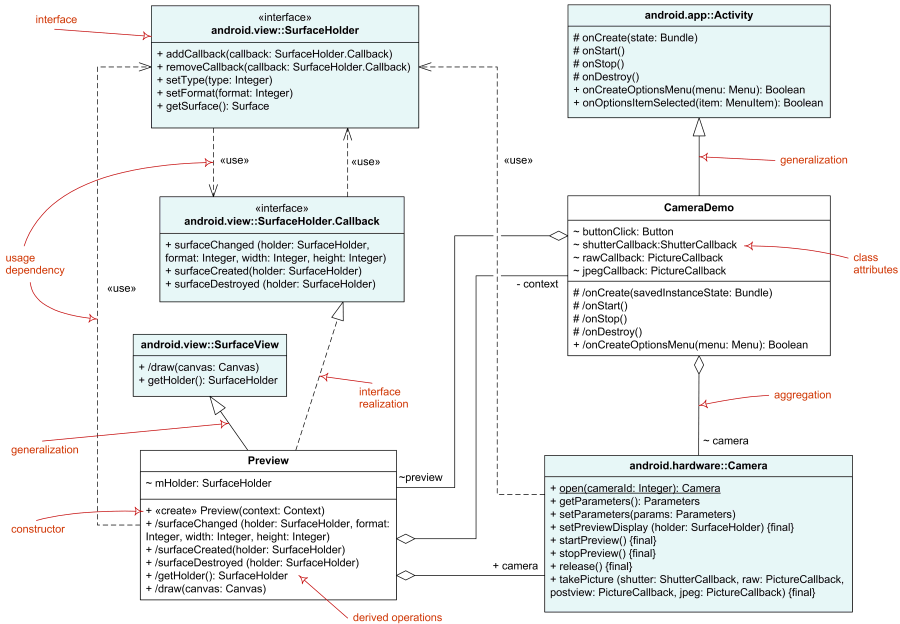
Component diagram
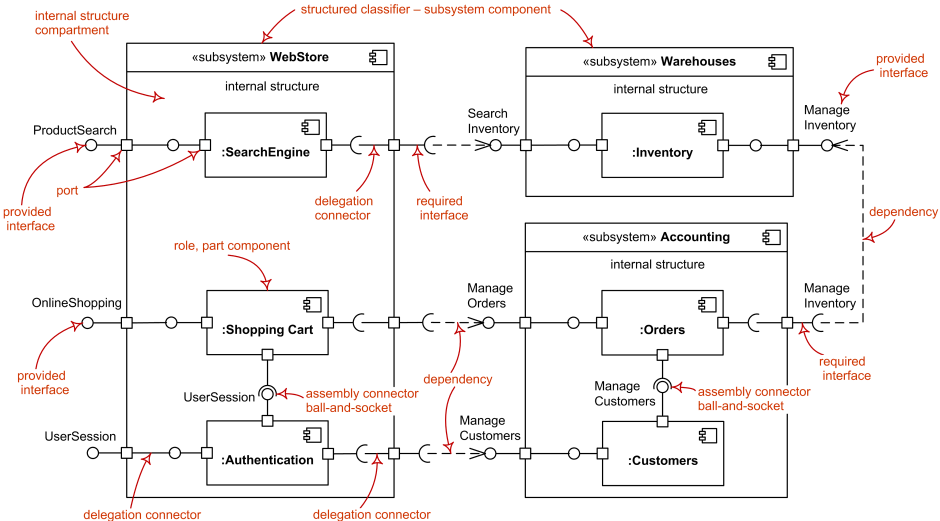
Composite structure diagram

Deployment diagram
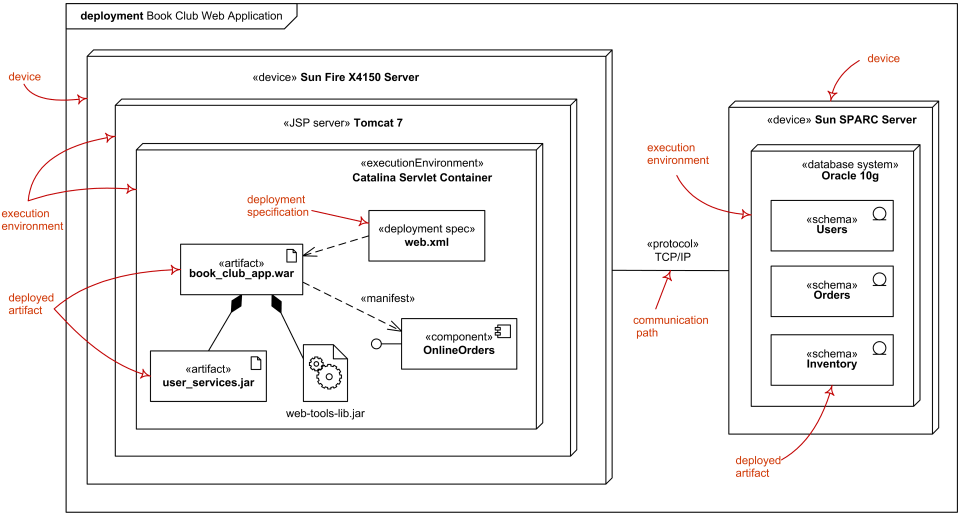
Domain model diagram
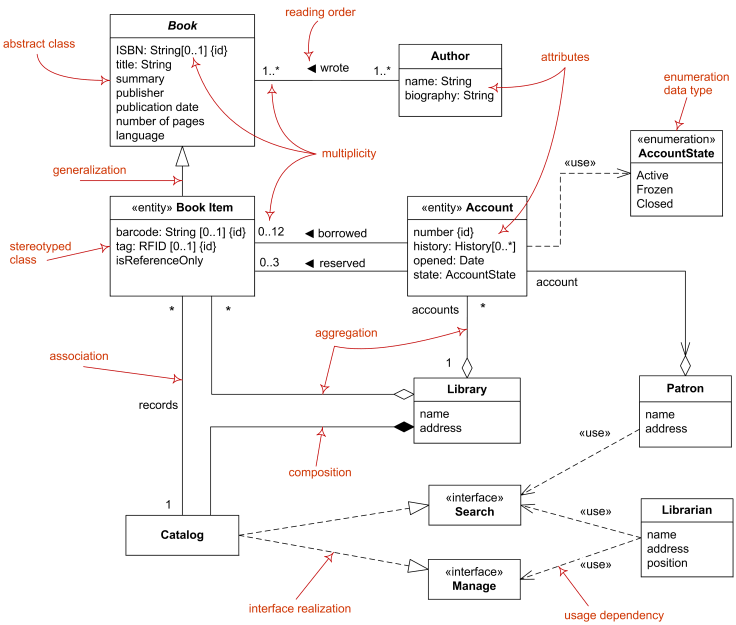
Package diagram

Activity diagram
Use case diagram

State diagram
Sequence diagram
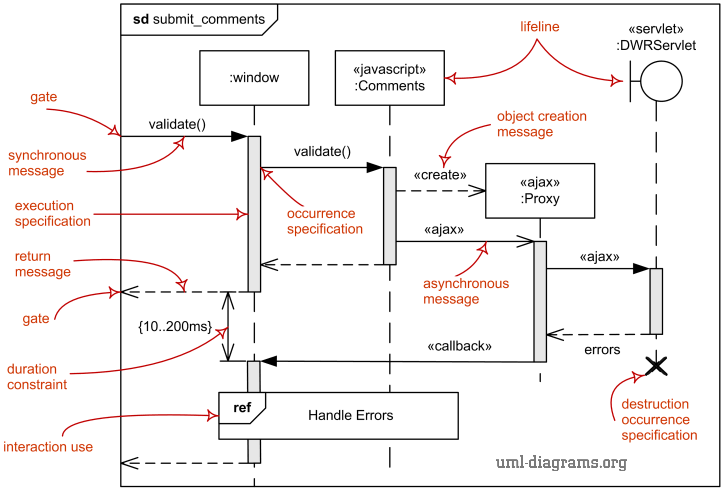
Interaction overview diagram
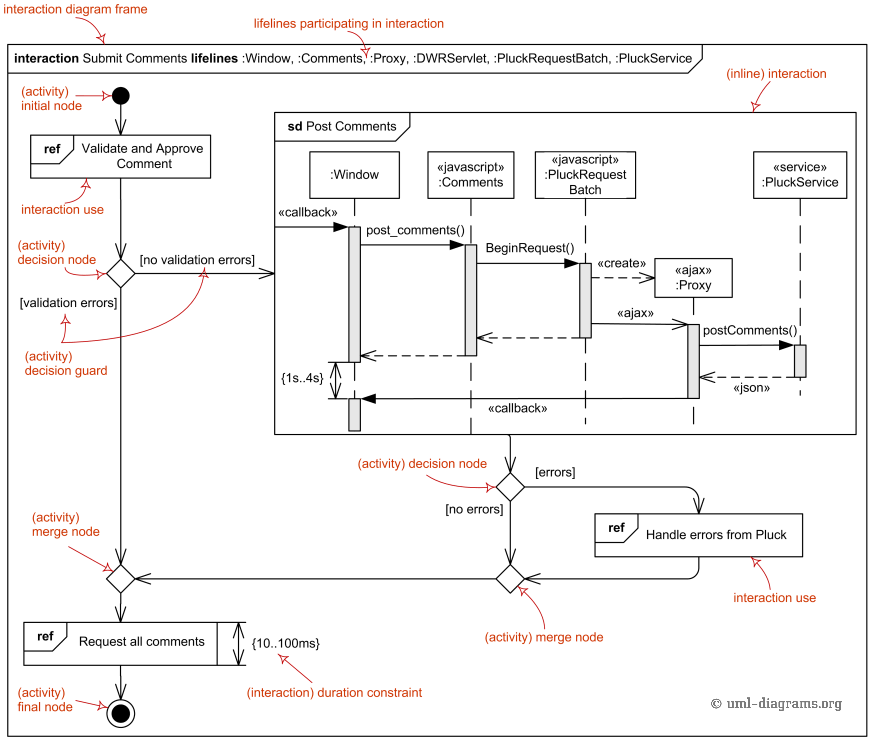
Timing diagram
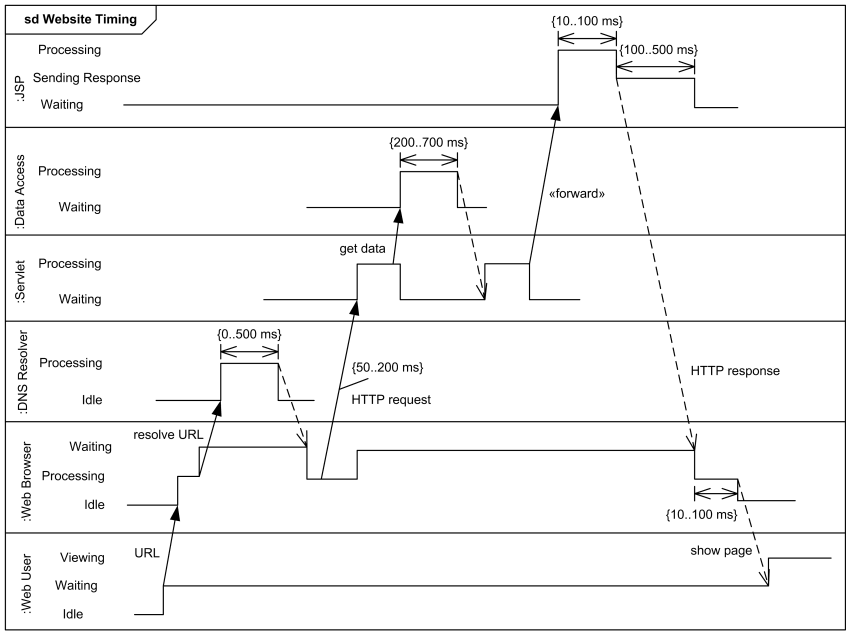
Fully dressed use case
Alistair Cockburn describes the following fields:
|
|
I have a 4-page example. Want to see it?
Use case diagram

Supplementary Specification
This includes anything specifications not covered in a use case. Possible sections:
|
|